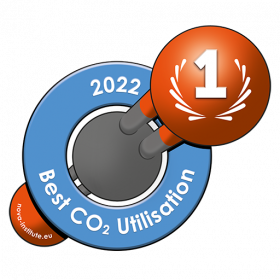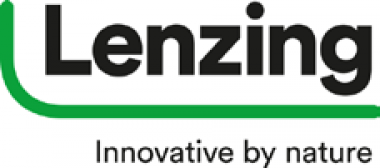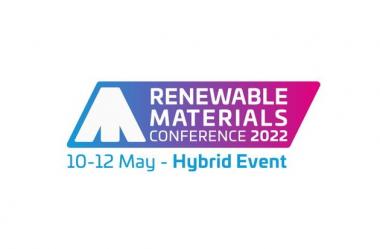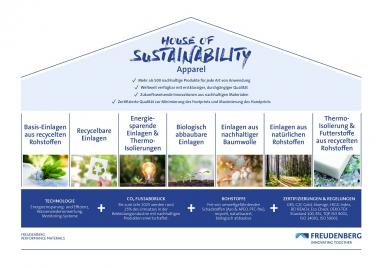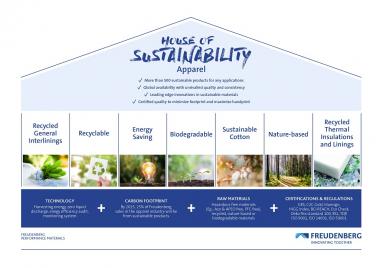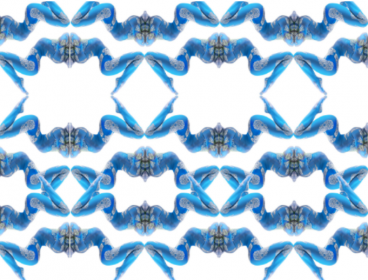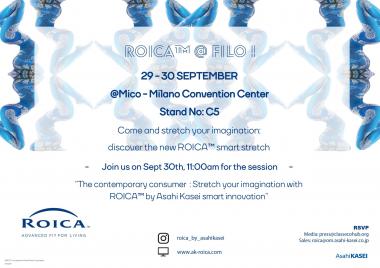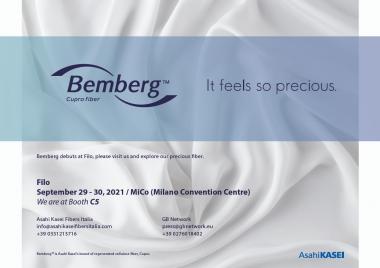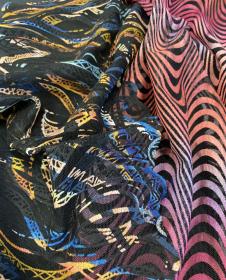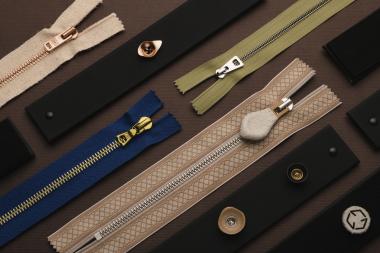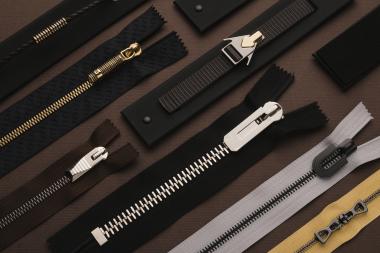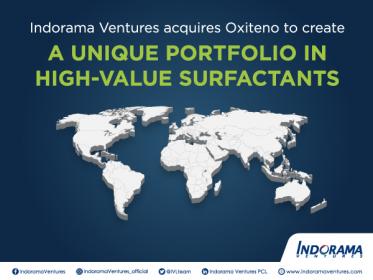nova-Institute and YNCORIS are presenting the innovation award 2022: "Best CO2 Utilisation"
nova-Institute and YNCORIS together with CO2 Value Europe are looking forward to applications for the innovation award “Best CO2 Utilisation 2022”. The award will be granted at the well-established “Conference on CO2-based Fuels and Chemicals”, 23–24 March 2022 in Cologne.
With the innovation award “Best CO2 Utilisation 2022” together with YNCORIS and CO2 Value Europe, the nova-Institute offers innovators in the CCU field the unique opportunity to present and market their carbon capture or carbon utilisation (Power-to-X) technology, CO2-based fuel or chemical at one of the leading conferences on CO2 as a raw material. The only requirement for participation in the competition is that the product is already on the market or about to be launched in near future.
Nova Institut YNCORIS Conference on CO2-based Fuels and Chemicals Best CO2 Utilisation 2022 Innovation award
nova-Institut GmbH


